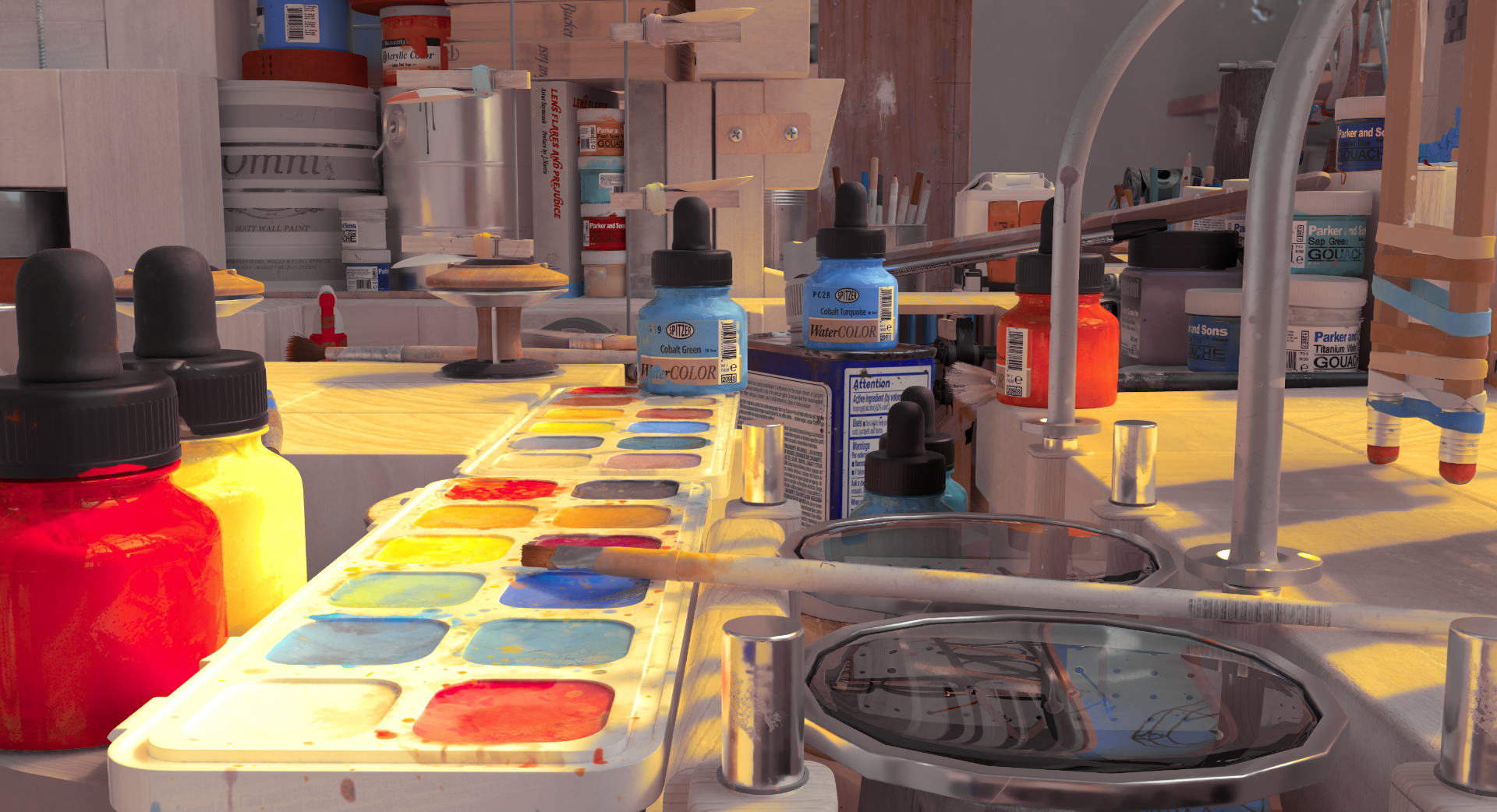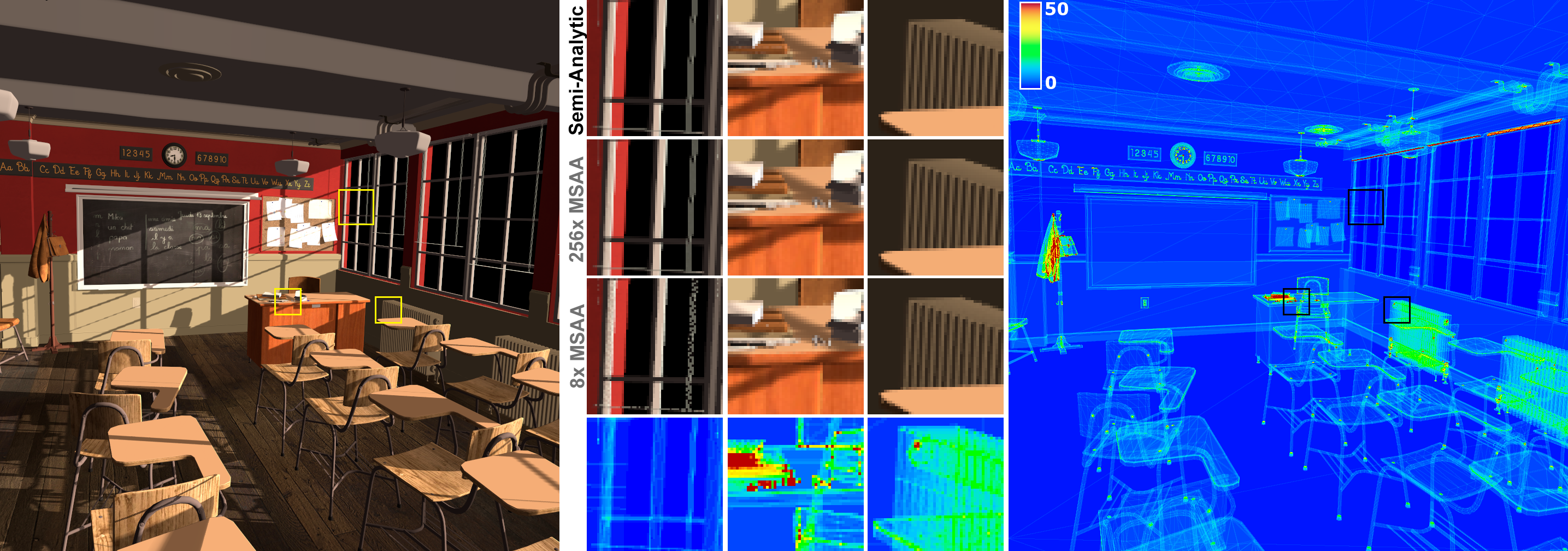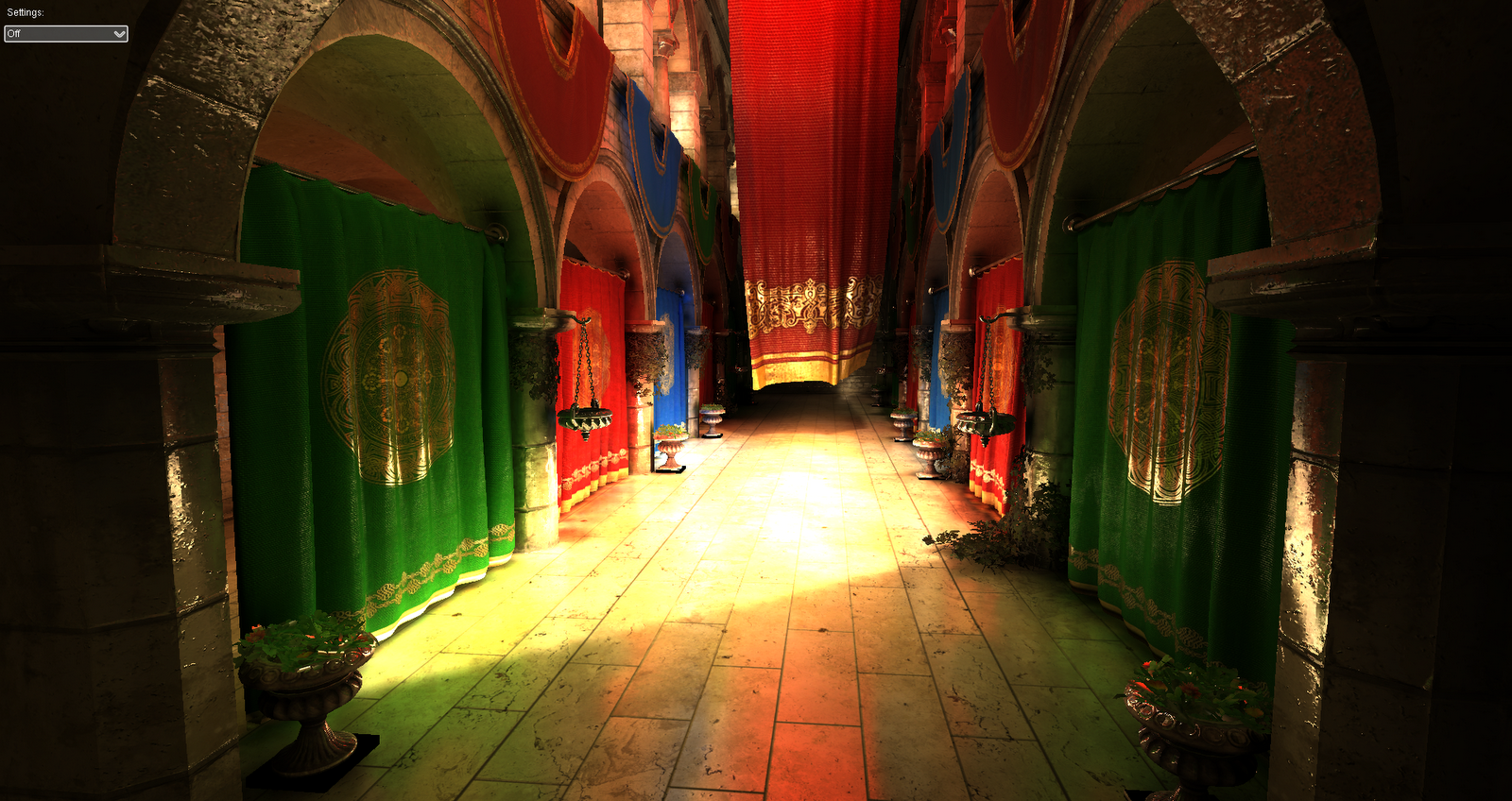Welcome to my personal website
My name is Cyril Crassin, I am a Research Scientist in computer graphics at NVIDIA Research. I joined NVIDIA in 2011 after obtaining my Ph.D degree from Grenoble University at INRIA in France. My research interests include real-time realistic rendering, global illumination, alternative geometric and material representations (especially voxel-based), ray-tracing, anti-aliasing techniques, distributed rendering, GPU algorithm and complex GPU data structures, as well as out-of-core data management.
My predominant research direction focuses on the use of pre-filtered geometric representations for the efficient anti-aliased rendering of detailed scenes and complex objects, as well as global illumination effects. My most impactful contributions are the GigaVoxels rendering pipeline that proposed the use of pre-filtered voxel representations for the efficient rendering of very large scenes and detailed complex objects, as well as the GIVoxels indirect illumination technique using Voxel Cone Tracing and Sparse Voxel Octree, with several hardware implications in the NVIDIA Maxwell architecture and industry implementations or adaptations in game engines like SVOGI (UE4 Elemental Demo), SVOTI (CryEngine 3, Crysis Remastered, Kingdom Come: Deliverance…), VXGI / VXAO (NVIDIA GameWorks, Rise of the Tomb Raider).






